- myFICO® Forums
- FICO Scoring and Other Credit Topics
- Personal Finance
- Re: Too much credit card loans! Any trustworthy an...
- Subscribe to RSS Feed
- Mark Topic as New
- Mark Topic as Read
- Float this Topic for Current User
- Bookmark
- Subscribe
- Mute
- Printer Friendly Page
Too much credit card loans! Any trustworthy and legal loan negotiator on the market?
Is your credit card giving you the perks you want?
Browse credit cards from a variety of issuers to see if there's a better card for you.
- « Previous
-
- 1
- 2
- Next »
- Mark as New
- Bookmark
- Subscribe
- Mute
- Subscribe to RSS Feed
- Permalink
- Report Inappropriate Content
Re: Too much credit card loans! Any trustworthy and legal loan negotiator on the market?
@ptatohed wrote:
@SouthJamaica wrote:
@ptatohed wrote:The only reason to choose snowball over avalanche is if it makes you feel rewarded and keeps you motivated to keep going. If you can stick to it, the avalanche method is the better method - you'll pay less interest over time and you'll pay your debt off sooner since more of your money is going to principal.
There is another reason to choose snowball. As soon as a balance is paid off, even it's a small balance, the amount which would otherwise have been devoted to the minimum payment on that account is now freed up to apply to the next smallest balance.
Understood, but the math doesn't lie. Avalanche will cost less over time and pay off the debt sooner. If someone sticks to it.
It's not as simple as choosing snowball or avalanche. When paying down debt a hybrid version of pay down should be used. Switch back and forth as needed.


- Mark as New
- Bookmark
- Subscribe
- Mute
- Subscribe to RSS Feed
- Permalink
- Report Inappropriate Content
Re: Too much credit card loans! Any trustworthy and legal loan negotiator on the market?
@Brian_Earl_Spilner wrote:
@ptatohed wrote:
@SouthJamaica wrote:
@ptatohed wrote:The only reason to choose snowball over avalanche is if it makes you feel rewarded and keeps you motivated to keep going. If you can stick to it, the avalanche method is the better method - you'll pay less interest over time and you'll pay your debt off sooner since more of your money is going to principal.
There is another reason to choose snowball. As soon as a balance is paid off, even it's a small balance, the amount which would otherwise have been devoted to the minimum payment on that account is now freed up to apply to the next smallest balance.
Understood, but the math doesn't lie. Avalanche will cost less over time and pay off the debt sooner. If someone sticks to it.
It's not as simple as choosing snowball or avalanche. When paying down debt a hybrid version of pay down should be used. Switch back and forth as needed.
Ok. Yes an individual may have to choose which method, or a hybrid version thereof, works best for them but, again, mathematically, nothing will pay down debt faster and avoid paying more interest than directing the larger payments to the higher interest balances first.
5% CB rotating:
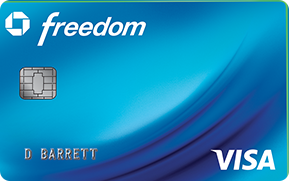

 ;
;Everyday 3% CB:
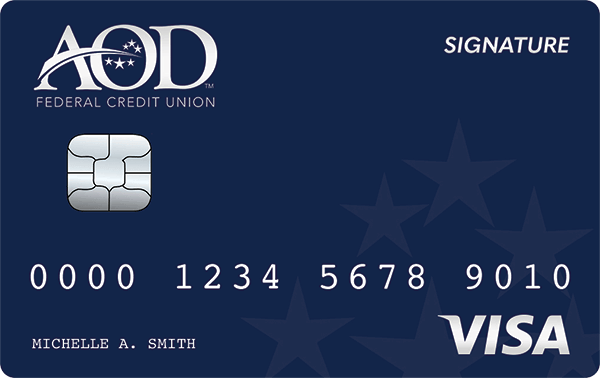 ;
;Everyday 5%:

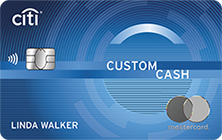


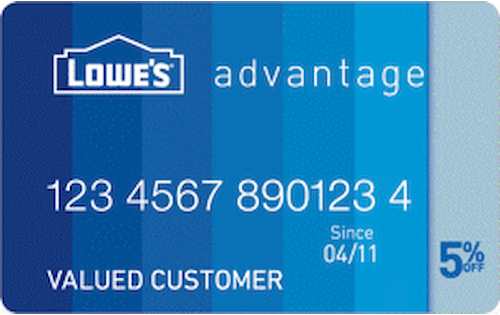

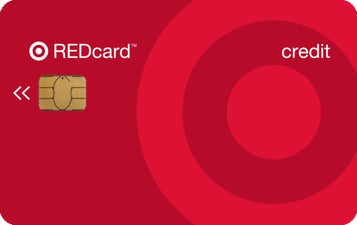 ;
;Companion Card:
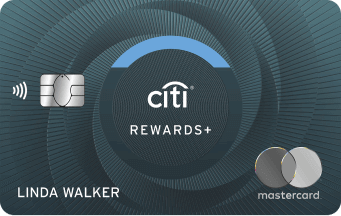 ;
;Everyday 2.2% CB:
 ;
;Retired to sock drawer after AOD (kept alive w/ 1 purchase every 6 mo):
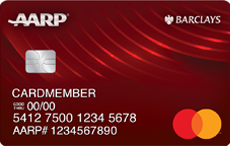

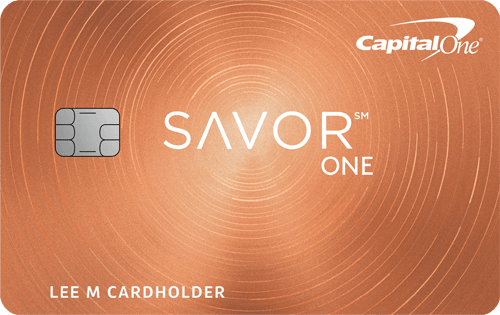 ;
;On my radar:
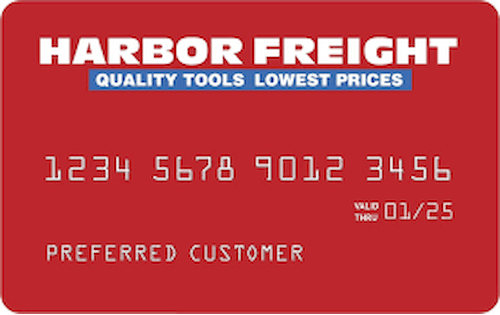
 ;
;Still Waiting for an Invite:
 ;
;No hope:
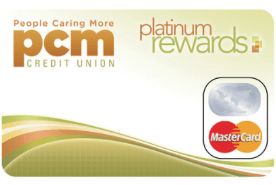
- Mark as New
- Bookmark
- Subscribe
- Mute
- Subscribe to RSS Feed
- Permalink
- Report Inappropriate Content
Re: Too much credit card loans! Any trustworthy and legal loan negotiator on the market?
@ptatohed wrote:
@Brian_Earl_Spilner wrote:
@ptatohed wrote:
@SouthJamaica wrote:
@ptatohed wrote:The only reason to choose snowball over avalanche is if it makes you feel rewarded and keeps you motivated to keep going. If you can stick to it, the avalanche method is the better method - you'll pay less interest over time and you'll pay your debt off sooner since more of your money is going to principal.
There is another reason to choose snowball. As soon as a balance is paid off, even it's a small balance, the amount which would otherwise have been devoted to the minimum payment on that account is now freed up to apply to the next smallest balance.
Understood, but the math doesn't lie. Avalanche will cost less over time and pay off the debt sooner. If someone sticks to it.
It's not as simple as choosing snowball or avalanche. When paying down debt a hybrid version of pay down should be used. Switch back and forth as needed.
Ok. Yes an individual may have to choose which method, or a hybrid version thereof, works best for them but, again, mathematically, nothing will pay down debt faster and avoid paying more interest than directing the larger payments to the higher interest balances first.
You're missing my point, I'm not talking about what works best for a person. Mathematically speaking, available extra money, balances, payments, and rates can align at times where it makes no sense to pay on the highest rate. While generally speaking, yes, paying the highest rate will save the most money, there will be times where it makes more fiscal sense to pay off a lower apr card first. Which is why a hybrid pay down is best. The issue with a hybrid is the husbandry required to optimize it. Most people will not want to micromanage their pay down so they'll choose one, snowball or avalanche. But, again, depending on situation, a hybrid can be done without all the math. For example, once a significant number of accounts are paid off, one might switch to lowering individual utilization below thresholds on the remaining accounts regardless of their rate in order to get scores up to qualify for a consolidation loan or balance transfer card. Fiscally, it makes more sense to move the debt to 0-12% options rather than continuing to pay down a 30% card. Manipulating the balances to manipulate scores independently of rate can lead to a faster pay off and paying less than even with an avalanche.

